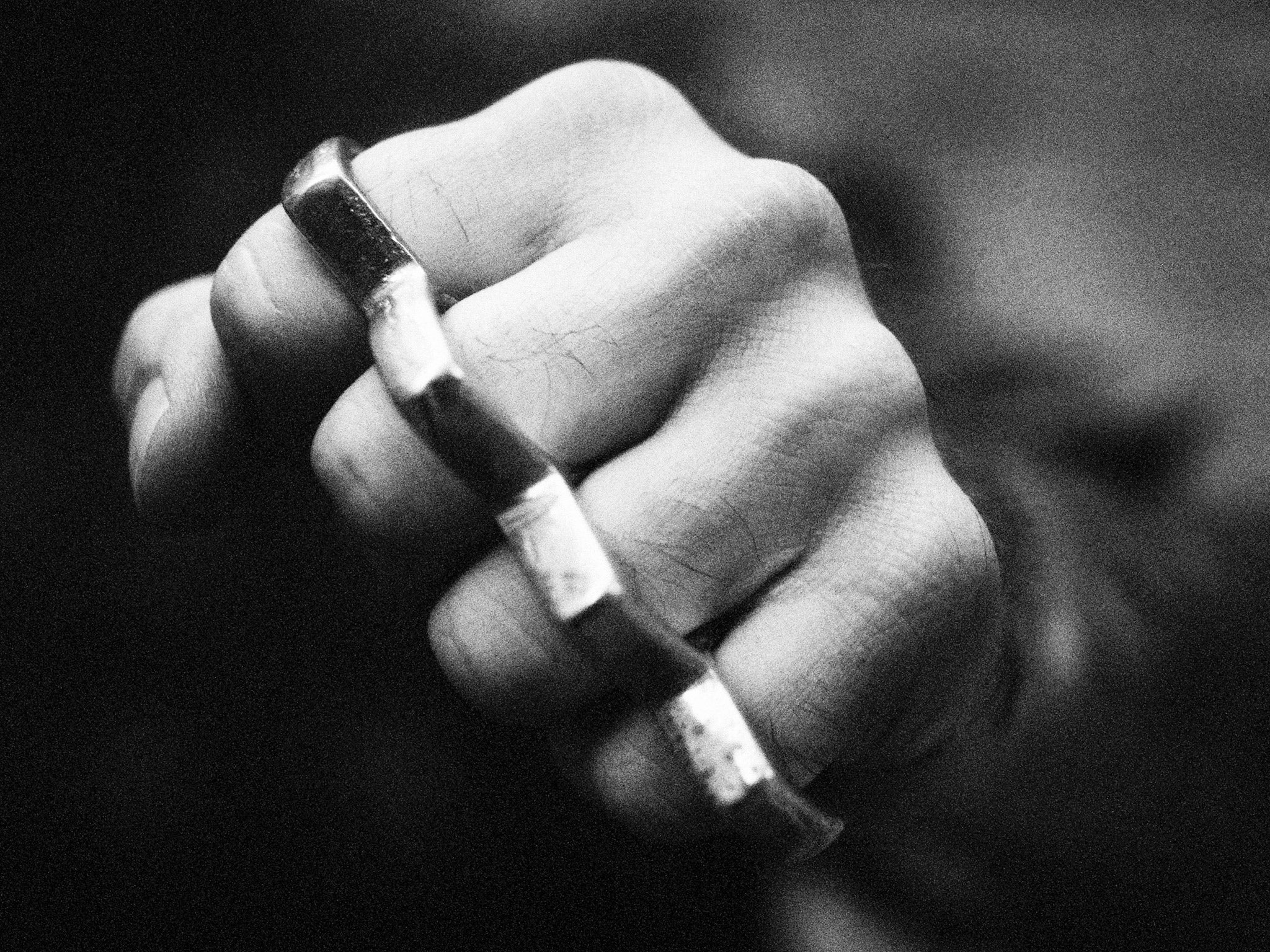Two genes found linked to tendency for violent crime
Finnish study blames genes with between five and 10 per cent of severe violent crime

Your support helps us to tell the story
From reproductive rights to climate change to Big Tech, The Independent is on the ground when the story is developing. Whether it's investigating the financials of Elon Musk's pro-Trump PAC or producing our latest documentary, 'The A Word', which shines a light on the American women fighting for reproductive rights, we know how important it is to parse out the facts from the messaging.
At such a critical moment in US history, we need reporters on the ground. Your donation allows us to keep sending journalists to speak to both sides of the story.
The Independent is trusted by Americans across the entire political spectrum. And unlike many other quality news outlets, we choose not to lock Americans out of our reporting and analysis with paywalls. We believe quality journalism should be available to everyone, paid for by those who can afford it.
Your support makes all the difference.Two separate genetic traits have been linked to violent crime in a study that raises the possibility of there being an innate, biological basis for serious criminality.
Scientists in Finland said that between five and 10 per cent of severe violent crime in the Scandinavian country could be attributable to both sets of genes, each of which can modify the activity of the brain.
The findings are not the first to link criminal tendencies to genes and they have already generated critical comments from other experts who point to the limitations of the work and the complexity of human behaviour.
However, Professor Jan Tiihonen of the Karolinska Institute in Stockholm, who led the study, published in the journal Molecular Psychiatry, said that there is mounting scientific evidence pointing to the influence of genes on violent criminality.
“One way of putting it is that if these two genes did not exist, there might be between five and 10 per cent less violent crime in Finland, but we cannot be sure of what the mechanism is that causes this,” Professor Tiihonen told The Independent.
“We’ve observed two genes that have a relatively big effect on violent behaviour but there are possibly tens or hundreds of other genes that have a smaller effect. This is why a ‘test for criminality’ is not possible from this study,” he said.
The study analysed the genomes of 895 offenders in Finnish prisons and found that a variant of a gene for monoamine oxidase A (MAOA), an enzyme in the brain that “mops up” the neurotransmitter dopamine, was significantly more prevalent in the most violent criminals who had committed 10 or more serious offenses compared to the rest of the population.
About 60 per cent of these repeat offenders carried the low-activity version of the gene, compared to a prevalence of 40 per cent in the general population. Professor Tiihonen said this suggests the gene plays a role in determining or controlling extremely violent behaviour.
A second gene, called cadherin 13 (CDH13), which is involved in communication between brain cells and has already been linked to the control of impulsive behaviour, was also found to be linked with extreme criminal violence.
“A conservative estimate implies that five to 10 per cent of all severe violent crime in Finland is attributable to specific MAOA and CDH13 genotypes,” the study concludes.
A study published in 2002 on more than 400 men found that boys who inherited the low activity version of the MAOA gene and who were subjected to childhood abuse were twice as likely as non-abused carriers of the gene to become violent criminals.
However, Professor Tiihonen said that the Finnish study was unable to establish whether there was a similar interaction between upbringing and genetic inheritance, although clearly 40 per cent of people with the gene variant did not become violent criminals.
“When interpreting these results it is very important to put them in the right perspective,” said Jan Schnupp, professor of neuroscience at the University of Oxford, who was not involved in the study.
“The thing that should be mentioned again and again is that half the population have low-activity MAOA enzymes, but only a tiny fraction of these carriers end up behind bars for violent crimes,” Professor Schupp said.
“To call these ‘genes for violence’ would therefore be a massive exaggeration. In combination with many other factors these genes may make it a little harder for you to control violent urges, but they most emphatically do not predetermine you for a life of crime,” he said.
Malcolm von Schantz, a molecular neuroscientist at Surrey University, said that the findings do not suggest that a genetic explanation will replace the concept of free will and criminal responsibility for a person’s behaviour.
“But I think findings such as these may make it possible, in future, to screen people with vulnerable backgrounds and identify those who are at greater risk of becoming offenders, so that they can get appropriate help before they commit any serious violent crimes,” Dr von Schantz said.
Join our commenting forum
Join thought-provoking conversations, follow other Independent readers and see their replies
Comments